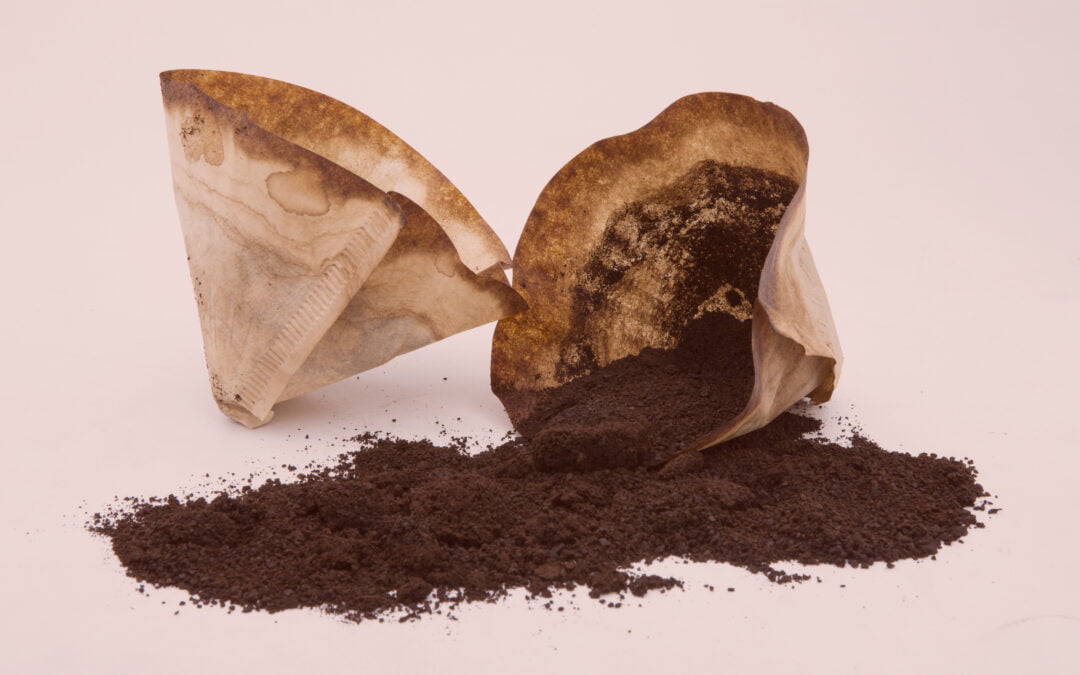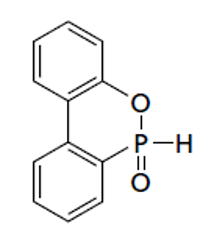
by pinfa-editor | 31 Jan, 2022
Coffee wastes showed some fire performance effect in epoxy, and better effect if loaded with phosphorus. Coffee wastes are proposed as the base for renewable PIN flame retardants as they contain in particular lignin, cellulose and hemicellulose. Used ground coffee,...
by mcwebmaster | 2 May, 2018
MISSION Members of pinfa share the common vision of continuously improving the environmental and health profile of their flame retardant products. This vision is coupled with a commitment to maintain high fire safety standards across the world, standards which...

by pinfa-editor | 2 Mar, 2021
A review paper summarises recent progress in phosphorus PIN FRs derived from DOPO, replacing halogenated FRs. DOPO, 9,10-dihydro-9-oxa-10-phosphaphenanthrene-10-oxide, offers thermal and chemical stability, oxidation resistance, and its O=P-H bond enables reaction...

by pinfa-editor | 16 Nov, 2021
a review paper on dermal exposure to flame retardants shows very little published science, citing data from only four studies (Frederiksen 2016, Abdallah 2016, Pawar 2017, Zheng 2017, Fatunsin 2020) and for only eight FRs (HBCD, TBBPA, TCEP, TCIPP, TDCPP, TPHP, EHDPP,...
by mcwebmaster | 2 May, 2018
SUSTAINABILITY Sustainability is key to PIN flame retardants Protecting human lives and property is a social and economic benefit Many PIN flame retardants have proven favourable toxicity and ecotoxicity profiles PIN flame retardants are non-halogenated and can reduce...




